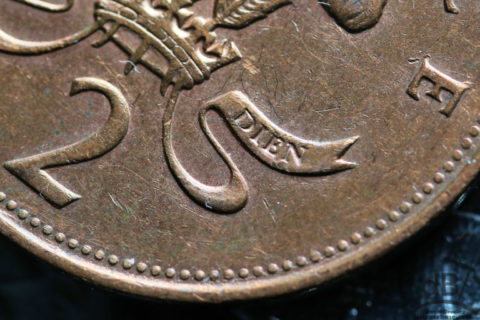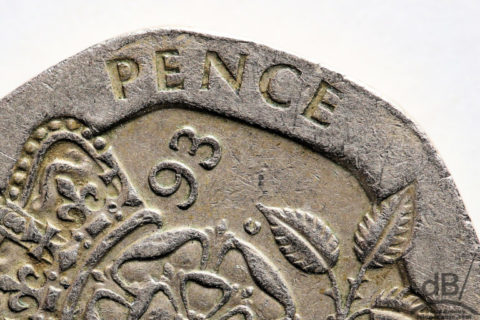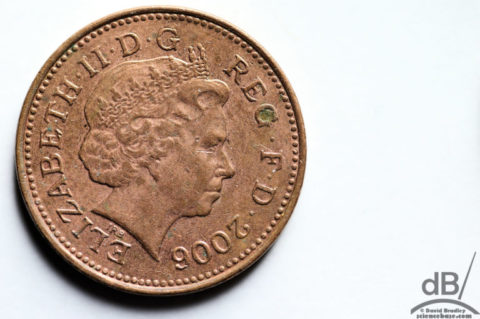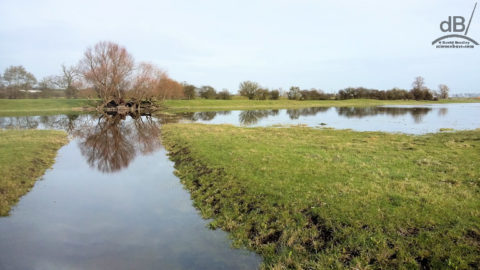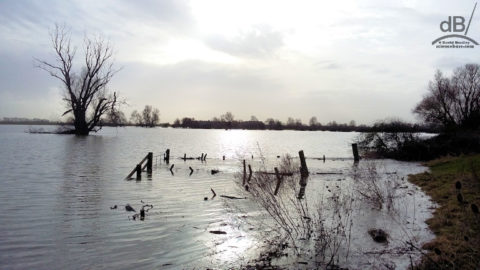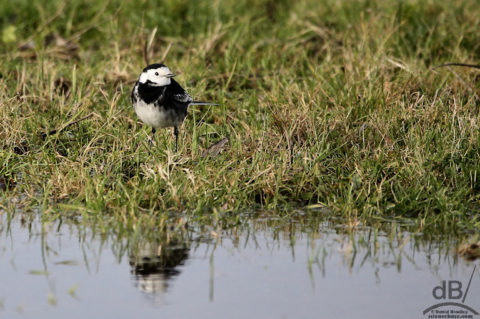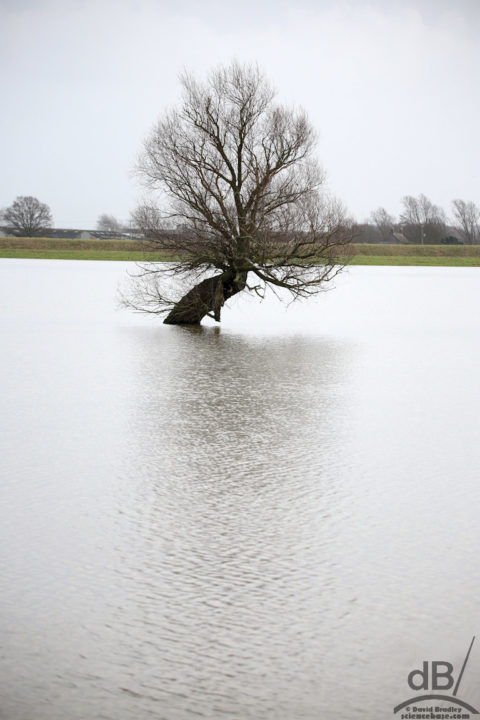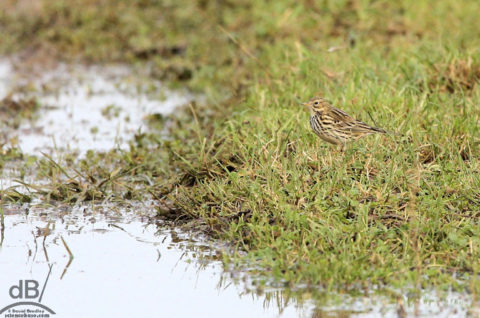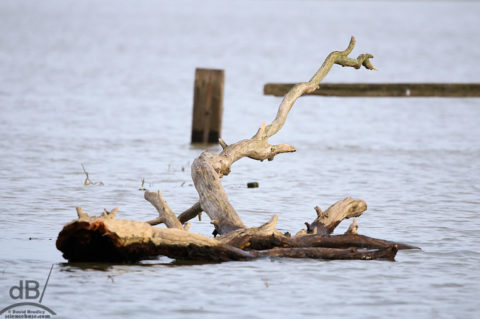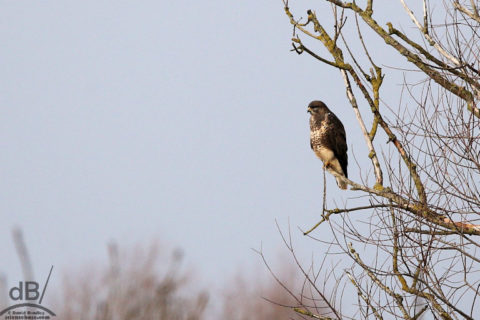TL:DR – Fender Telecasters have an unusual style of stringing that requires some prior knowledge about the way the machinehead tuning posts work.
Restringing a Fender Telecaster requires a twist…well, not a twist, a kink. First, you must cut the string to the required length and then bend a 90-degree angle into the very end. You then push the kinked end into the hole and start winding it on. You can add the kink as you push the string into the hole, but either way, it has to be done.
If you don’t put that bend into the end, you’re liable to have the string ping out of the hole as there’s really nothing keeping it in there (other types of tuning peg have a hole through the stem itself which sort of precludes this pinging out. An extra tip is to use a capo at fret 3 or 4 to hold the replacement strings loosely in position while you do this job.


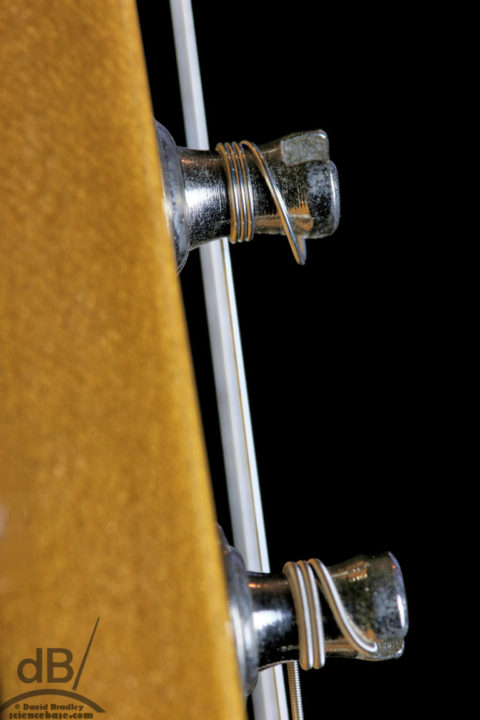
Machine heads are used on mandolins, guitars, double basses etc., and are usually located on the instrument’s headstock. The non-geared tuning device on a violin, viola, cello, lute, and older Flamenco guitars are called friction pegs. Friction pegs can be painful and so many of those instruments have microtuners at the bridge too, just as you would later find on many guitar tremolo (more strictly speaking a vibrato) systems with a locking nut, particular the floating type developed by Floyd Rose.
By the way, you did know that’s where the Deep Purple song title came from, oh and the eponymous band, didn’t you?

